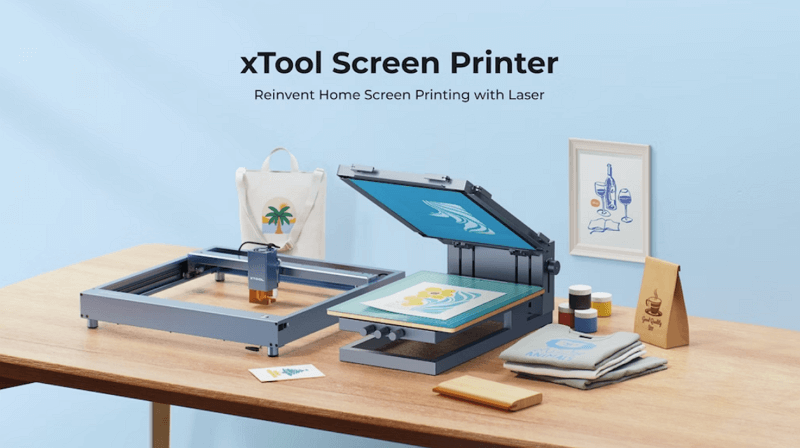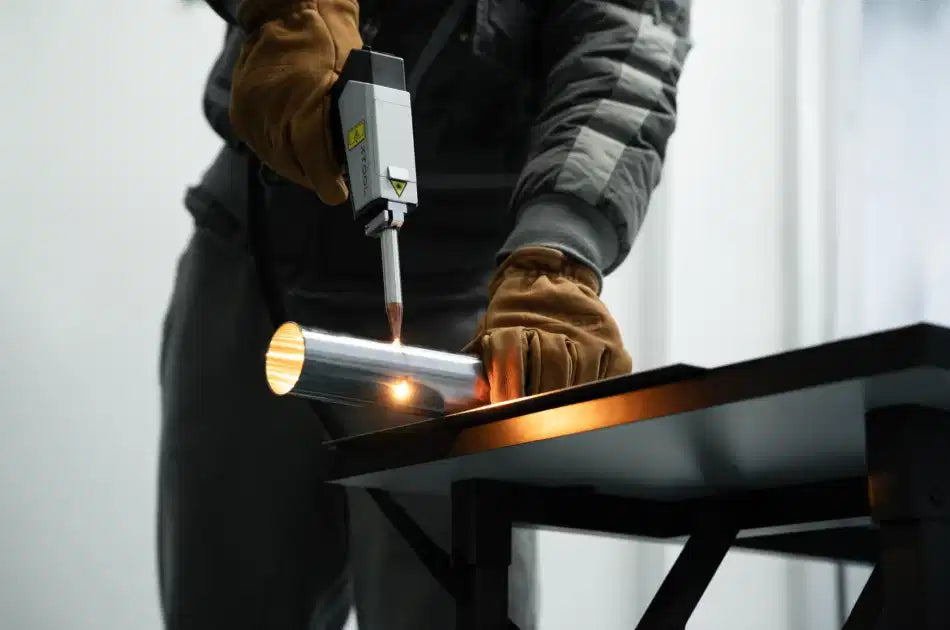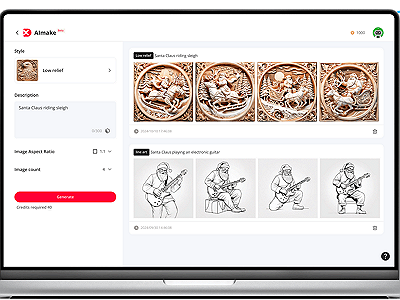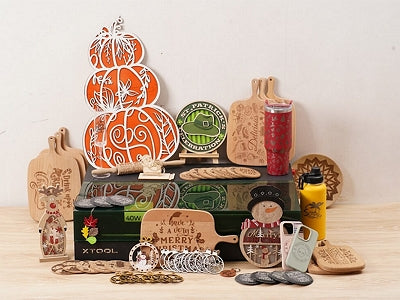How to Price Your Art

Starting an art business is a challenging endeavor. One of the pieces you will have to figure out is how to price your art — and that won't come easy. As an artist, you need to see yourself as a businessperson and a brand. To make a good living off it, you'll have to price your art items the right way — in such a way that the price covers the production cost and the time put into the production of your art item.
How do you price your art? Well, there are reliable ways of pricing your art in such a way as to make it appeal to your customers. Pricing your artwork professionally is a sure way to transform your business, and make it profitable in the long run.
In this guide, you will discover the various pricing strategies, and how to incorporate them into your art business. Before diving into these pricing strategies, you will need to discover the factors that influence art pricing.
In This Article
- Factors Influencing Art Pricing
- Cost-Plus Pricing Strategy
- Comparative Pricing Strategy
- Adjusting Prices Over Time
- How Much to Charge for Art Commission?
- Conclusion
Factors Influencing Art Pricing
Here are the various factors that influence art pricing.
1. Size and Medium of the Artwork
The role that size and medium play in determining the price of an artwork is quite complex. However artworks with larger sizes tend to be pricier than artworks with smaller sizes. But why is that?
First, more materials are used in the production of larger pieces of artwork. This will, in turn, increase the cost of production. Aside from the increased material costs, larger pieces of artwork typically have a strong presence and are more immersive. All these make larger pieces of artwork more desirable. On the flip side, the great visual impact that comes with large pieces of artwork tends to drive its cost high.
Large-scale artwork is somewhat difficult to create. And that contributes to its prestige and rarity. Rare artworks will typically command higher pricing in the marketplace. There are cases where the size is insignificant when it comes to the price of the artwork. For instance, an artwork produced by a renowned artist will most likely command a higher price than that produced by an amateur.

Elevate Your Artistry with xTool
Furthermore, artworks that are produced using costly mediums tend to have high perceived value in the marketplace. For instance, paintings are usually perceived as having higher status than their digital art counterparts — and such perception influences their prices in the marketplace.
2. The Time Involved
Simply put, the amount of time needed for the creation of an artwork is the labor cost. Thoroughly detailed artwork requires long hours of production — and that usually translates to higher prices.
The time doesn't just include the production time. It could also be the years of training, and hours put into the perfection of your artistic skills. Experienced artists with sleek techniques will likely command high prices for their artwork compared to an amateur.

Reinvent Art Prints
with Laser
3. The Artist's Reputation and Career Level
The artist's reputation could serve as a brand. Renowned artists like Van Gogh and Picasso have created a brand with their names, and their large body of artwork, and accolades add to their brand value.
Being an emerging artist doesn't necessarily translate to low pricing. An emerging artist with some strong awards, exhibition records, and positive public image will command good prices for their artwork. After all, they've got the potential to be stars in the future — and that contributes to their perceived value in the marketplace.

Elevate Your Artistry with xTool
Artists who have been around for some time tend to have more refined skills than newbies. Their refined skills translate to better quality artwork, and that will reflect in the pricing of the artwork.
Artworks developed by renowned artists early in their careers are valuable. These kinds of artworks are usually rare and have some historical significance. They also offer some kind of glimpse into how the artist developed their skills over the years. However, artworks developed in the later years of a renowned artist's career always command higher prices. And that's because the artist must have refined his skills over time. Refined skills translate to better-quality artwork.
Generally, there is a price pyramid when it comes to the artist and how they price their artwork. Established artists (masters in the profession) will always command high prices in the marketplace. Mid-level artists with a strong reputation will command healthy prices for their artwork while emerging artists will likely command lower prices. Ultimately, the price tag of an artistic work increases as artists progress in their careers. It's fair to say that an artist's reputation and career level is an invincible price tag that determines the price of an artwork.
Cost-Plus Pricing Strategy
In the cost-plus pricing strategy, the price of the art item is determined by calculating everything that went into the production of the art item. The production cost is the cost of raw materials, product supplies, and the packaging of the artwork.
You also need to factor in the production time. Let's say your hourly rate is $25 per hour, and about 5 hours are put into the production of the artwork.
You also need to put the overhead cost into consideration. Overheads are expenses that do not directly impact the production of the artwork. For instance, the cost of electricity, rent, software subscriptions, machine maintenance, internet or phone charges are all overhead costs.
Finally, you need to come up with a markup price. The markup price covers all the necessary expenses plus your projected profit.
As an artist, if you're opportune to work on complex, commissioned pieces, you will have to use the project pricing model. With the project pricing model, all you need to do is come up with an estimate of the total resources and time needed for the project and put a fixed price tag on it. The price has to be set upfront before the work begins.
Comparative Pricing Strategy
Another reliable way of coming up with the right price for your artwork is through the comparative pricing strategy. Here, the artist needs to take a close look at what other artists who produce similar art items charge for their artwork. Prices of artworks that are similar to yours could give you a clue on how much your artwork is worth in the market.

Elevate Your Artistry with xTool
Furthermore, you need to have a good grasp of your target customers. What's the purchasing power of your customers, and are they willing to pay for your artwork? If your artwork is highly-priced, it could scare potential buyers away. On the flip side, pricing the artwork too low could translate to the undervaluing of your work.
An artist who sells their artworks through galleries should consider the commission percentage when placing a price tag on their work.
Adjusting Prices Over Time
The pricing of your artwork will increase as you progress in your career as an artist. Your art price will be dependent on your skills, brand reputation, and the overall market demand.
An artist who creates sleek artwork will likely have an increase in demand for their work. And if their customer service is excellent, they'll most likely leave a positive impression on the minds of their customers. Good artwork plus excellent customer service translates to an increase in the market value of the artwork. At some point, you will have to gradually increase the price of your artwork.
As artists progress in their careers, they'll likely start using more expensive and specialized materials. These materials will increase their production cost, and to remain profitable, they will have to adjust their pricing.

Elevate Your Artistry with xTool
Market trends could also impact the price of an artwork. There are times when certain styles (or artworks) become sought-after. The increase in demand for this kind of artwork will lead to a corresponding increase in the price of the artwork.
Always avoid a drastic increase in the price of your artwork. Such experiences could push customers away. An increase in the price of your art item should be done gradually over time. Alternatively, you could offer a tiered pricing model where different artworks are offered for various prices depending on their sizes and mediums.
How Much to Charge for Art Commission?
Figuring out the charge for the art commission could be tricky. You need to consider your time, skill level, and ability to attract paying customers. Before placing a price for your art commission, you need to consider factors like:
- Direct costs: These could include the production time and materials.
- Indirect costs: These are costs associated with marketing, promotion, software, equipment, and overhead costs.
- Market rate: What are the commission rates for artworks that are similar to yours?
All these factors need to be considered before coming up with a charge for your art commission.

Make Commissioned Artwork with xTool
Related Readings:
Conclusion
Pricing your artwork is a complex process, but you'll figure out what works for you with time. Your pricing should be dependent on the kind of artwork you produce, prices of other similar arts in the market, and your level of expertise. There's nothing wrong with selling highly-priced artwork — but as a newbie, you should try to work your way up in terms of pricing.
Regardless of your level as an artist, always endeavor to promote your artwork, and present it in an eye-catching manner to the public.
Now you know how to price your art, what factors will you consider before putting a price tag on your artwork?
Related Articles

How to Start A Welding Business: A Detailed Guide

Unlock AImake: How to Make Money With AI?


